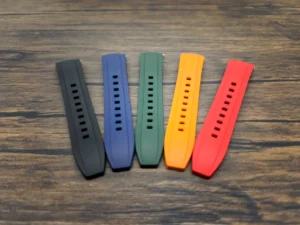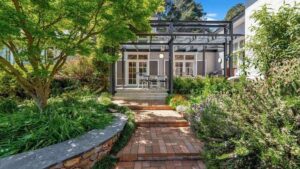Building An Easy Raised Garden Bed: A Guide For Urban Gardeners
Gardening in some urban spaces can come with unique challenges, but raised garden beds provide a practical and aesthetically pleasing solution. Whether you’re working with a small backyard, a balcony, or a rooftop, raised garden beds make it easier to cultivate a thriving garden in limited spaces. This article will explore how DIY gardening is an easy raised garden bed that is a perfect choice for urban gardeners as they’re easy to assemble and organize your garden.
What is a Raised garden bed?
Raised garden beds are elevated planting areas above ground level. They can be framed with wood, metal, or stone and filled with nutrient-rich soil. These beds provide better control over your garden’s environment, making them ideal for urban settings where soil quality and space are often limited or compromised.
Benefits Of Raised Garden Beds For Urban Gardeners:
Space efficiency: In urban environments where outdoor space is scarce, raised garden beds allow you to maximize every square foot. Their compact design makes them suitable for small yards, patios, and balcony areas.
Improved soil quality: Raised beds let you fill your garden with high-quality soil, ensuring your plants get the nutrients they need.
Improved drainage: Raised garden beds allow for efficient drainage and prevent waterlogging and root rot. This is especially beneficial for urban gardeners who work with compacted or impermeable surfaces.
Easy maintenance: Gardening in raised beds reduces the need for bending and kneeling, making it a more comfortable option for people of all ages. It is also easier to control weeds and pests in a contained space.
Versatility in design: Raised garden beds come in various shapes and sizes, allowing you to customize your garden to fit your space and aesthetic preferences. They are also ideal for companion planting, which boosts plant health and yields.
How To Build An Easy Raised Garden Bed:
- Choose your location: To make caring for your beds convenient, select a spot with ample sunlight and easy access to water. Ensure that the surface on which each bed is placed is level to avoid uneven watering.
- Select your materials: Wooden frames are a common choice for raised beds, as they are a simple and affordable option that is also aesthetically pleasing. Cedar and redwood are popular choices because they are naturally rot-resistant and tend to last long. Metal frames, such as corrugated steel, are durable and modern alternatives that blend beautifully into an urban space.
- Decide on the size: Keep your bed manageable. Measure your space and decide how many raised beds you would like to have (if more than one). Find a product that will work well in your designated area. Ensure your bed(s) are not too wide to reach the center without stepping on the soil.
- Prepare the base: If placing your bed on soil, remove weeds and grass and ensure a surface level. For hard surfaces like concrete, consider adding a layer of landscape fabric to prevent soil erosion and improve drainage.
- Fill with soil: Use a mix of topsoil, compost, and organic matter to create a nutrient-rich growing medium that will ensure your plants stay healthy. Aim for a soil depth of at least 12 inches for most plants (check this for your plants to ensure the correct depth).
- Start planting: Once your bed is ready, plant your favorite vegetables, herbs, or flowers, and consider companion planting to maximize your space.
Tips For Urban Gardeners Using Raised Beds:
- Opt for easy-to-grow crops: Leafy greens, tomatoes, peppers, and herbs thrive in raised beds and are favored by urban gardeners.
- Utilize vertical space: If you have limited floor space, add trellises or stakes to grow climbing plants like beans or cucumbers, maximizing your garden’s space, look, and feel.
- Incorporate mulching: Mulching helps to retain moisture, regulate soil temperature, and reduce weeds, which is especially helpful in hot urban settings and means less maintenance in the long run.
- Water wisely: Raised beds can dry out faster than in-ground gardens, so invest in a drip irrigation system or water regularly to maintain consistent moisture levels.
- Keep it mobile: For balcony or rooftop gardeners, consider building or buying smaller, portable beds that can be easily moved to optimize sunlight and protect plants from harsh weather conditions.











Post Comment